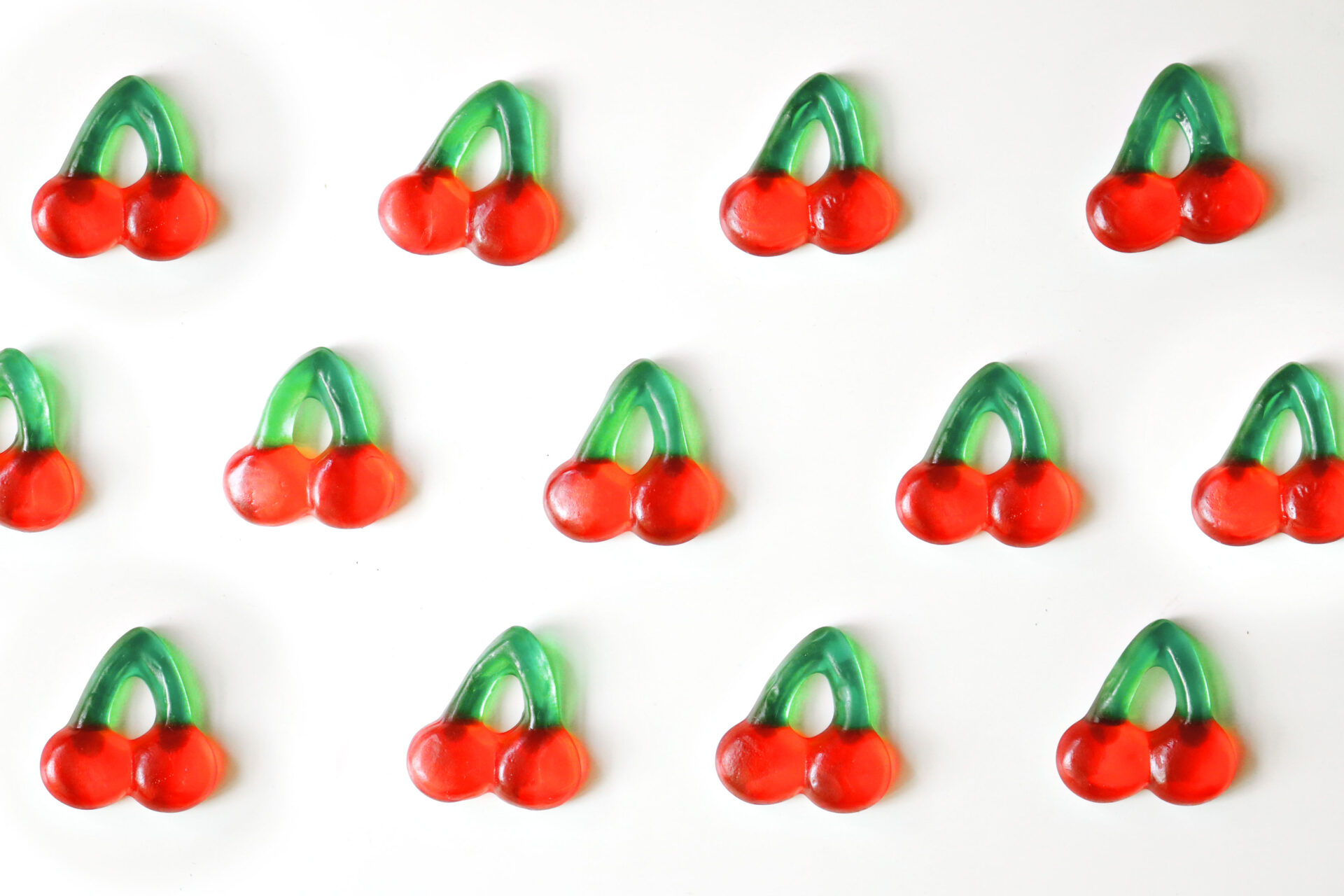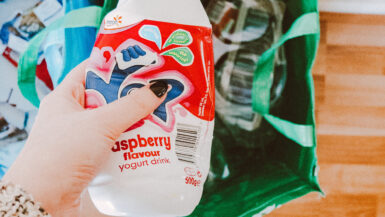In today’s world, the detrimental effects of plastic pollution on our environment are becoming increasingly evident. As we strive to adopt more sustainable and eco-friendly practices, the concept of plastic-free living has garnered significant attention. In this article, we will delve into the impact of plastic-free living on your health, exploring the various benefits and challenges associated with this lifestyle choice. We will also discuss the potential risks of exposure to harmful chemicals present in plastics and how eliminating or reducing plastic usage can contribute to a healthier and more environmentally-conscious life. Join us as we unravel the intricate relationship between plastic-free living and personal well-being, providing valuable insights for those seeking a cleaner, greener, and healthier future.
The Hidden Dangers of Plastic Exposure and How to Avoid Them
Plastic materials have become a ubiquitous part of our daily lives, with many of us unknowingly exposed to harmful chemicals through various sources. Some of these chemicals have been linked to a range of health problems, including hormonal imbalances, cancer, and developmental issues. In this section, we will explore the hidden dangers of plastic exposure and share practical tips on how to reduce your risk and embrace a plastic-free lifestyle.
Understanding the Risks: BPA, Phthalates, and Microplastics
To fully appreciate the potential hazards of plastic exposure, it is essential to familiarize ourselves with some of the most notorious chemicals found in plastics. Bisphenol A (BPA) is a commonly used compound in producing polycarbonate plastics and epoxy resins, often found in food and beverage containers. Exposure to BPA has been linked to hormonal disruptions, reproductive issues, and even cancer.
Phthalates are another group of chemicals often added to plastics to increase flexibility and durability. These chemicals are commonly found in personal care products, food packaging, and toys. Studies have shown that phthalates can also disrupt hormones, leading to reproductive problems, developmental delays, and other health issues.
Microplastics are tiny particles of plastic that have found their way into our environment, infiltrating our food chain and water supply. These minuscule particles can accumulate in the body, causing inflammation, oxidative stress, and potential harm to our organs.
Reducing Your Exposure: Simple Steps for a Healthier Life
Fortunately, there are several effective strategies to minimize your exposure to harmful chemicals found in plastics. By implementing these changes, you can take control of your health and contribute to a more sustainable world.
1. Choose Glass or Stainless Steel: Opt for reusable glass or stainless steel containers for food and beverage storage. These alternatives are free from harmful chemicals and can be used for an extended period, reducing plastic waste.
2. Avoid Plastic Food Packaging: When shopping for groceries, prioritize fresh produce and items with minimal packaging. Consider shopping at local farmer’s markets or bulk food stores to avoid plastic-wrapped products.
3. Look for BPA-Free and Phthalate-Free Labels: If you must use plastic items, ensure they are labeled as BPA-free and phthalate-free to minimize your exposure to these harmful chemicals.
4. Use Natural Personal Care Products: Choose personal care products made with natural ingredients, and avoid those containing phthalates or packaged in plastic containers.
5. Filter Your Water: Invest in a high-quality water filter to remove microplastics, chemicals, and contaminants from your drinking water.
By adopting these practices and embracing a plastic-free lifestyle, you can effectively reduce your exposure to harmful chemicals found in plastics, safeguarding your health and contributing to a cleaner, greener future.
Health Benefits of Switching to Eco-Friendly Food Storage
The transition to plastic-free living offers numerous health benefits, and one significant area of improvement is switching to eco-friendly food storage. By replacing plastic containers with sustainable alternatives, we can eliminate exposure to harmful chemicals while preserving the quality of the food we consume. In this section, we will explore the various advantages of eco-friendly food storage and how making this change can positively impact your health and well-being.
Reducing Chemical Leaching and Contamination
One of the primary concerns with plastic food storage is the potential for chemicals to leach into the food, particularly when heated or exposed to sunlight. By opting for eco-friendly alternatives such as glass or stainless steel containers, we can significantly reduce the risk of chemical contamination, leading to healthier and safer food consumption.
Enhancing Nutrient Preservation
Eco-friendly food storage options not only protect against harmful chemicals but can also help maintain the nutritional value of the food stored within. Glass and stainless steel containers provide an airtight seal, preserving the freshness and quality of your food for a longer period. As a result, you can enjoy nutrient-rich meals that contribute to overall health and well-being.
Supporting a Healthier Environment
Switching to eco-friendly food storage not only benefits personal health but also promotes a healthier environment. By reducing the demand for plastic containers, we contribute to decreased plastic pollution and waste, ultimately preserving the ecosystems that provide us with clean air, water, and food. In essence, the adoption of sustainable food storage practices is an investment in the long-term health of both ourselves and our planet.
Encouraging Mindful Food Choices
Embracing eco-friendly food storage can also lead to more mindful food choices. By prioritizing fresh, unpackaged produce and bulk items, we can reduce our reliance on processed and pre-packaged foods, which are often laden with preservatives and artificial ingredients. Consequently, choosing sustainable food storage options can encourage healthier eating habits that support overall well-being.
As we can see, the decision to switch to eco-friendly food storage has far-reaching benefits for both personal health and the environment. By adopting sustainable practices and investing in high-quality, reusable containers, we can significantly reduce our exposure to harmful chemicals, maintain the nutritional value of our food, and contribute to a cleaner, greener future for all.
Reducing Microplastics Consumption for Improved Gut Health
As the prevalence of microplastics in our environment continues to rise, these minuscule particles have infiltrated our food chain and water supply, posing a significant risk to gut health. In this section, we will explore the impact of microplastics on gut health, discuss the potential consequences of long-term exposure, and provide practical solutions for reducing microplastics consumption to promote a healthier digestive system.
The Link Between Microplastics and Gut Health: A Growing Concern
Microplastics are tiny plastic particles, typically smaller than 5mm, that are released into the environment through various sources, such as the breakdown of larger plastic products, synthetic clothing fibers, and microbeads in personal care products. These particles can easily find their way into our food and water, and when ingested, they can accumulate in the gastrointestinal tract.
Research has shown that microplastics can cause inflammation and oxidative stress within the gut, potentially leading to a disrupted gut microbiome, impaired digestion, and even compromised immune function. As a result, it is becoming increasingly important to address the issue of microplastics consumption and explore ways to minimize our exposure.
Identifying High-Risk Sources of Microplastics in Your Diet
To effectively reduce microplastics consumption, it is essential to identify the primary sources of exposure in your diet. Some of the most common culprits include:
1. Seafood: As microplastics accumulate in our oceans, they enter the food chain and can be found in various seafood products, particularly shellfish and small fish.
2. Bottled Water: Studies have shown that plastic water bottles can leach microplastics into the water, increasing exposure risk.
3. Teabags: Surprisingly, some teabags are made from plastic materials that can release microplastics when exposed to hot water.
4. Table Salt: Sea salt, in particular, can contain microplastics due to ocean pollution.
Strategies for Minimizing Microplastics Consumption
Armed with the knowledge of high-risk sources, we can implement strategies to reduce microplastics consumption and promote improved gut health:
1. Opt for Filtered Tap Water: Replace bottled water with filtered tap water to minimize plastic exposure. Use a high-quality filter to remove contaminants and microplastics.
2. Choose Sustainable Seafood: Opt for sustainably sourced seafood, such as wild-caught fish, and limit the consumption of shellfish to minimize microplastic exposure.
3. Switch to Paper or Loose Leaf Tea: Avoid plastic teabags by choosing paper teabags or switching to loose leaf tea and using a stainless steel tea infuser.
4. Buy Unprocessed Salt: Opt for unprocessed salt varieties, such as Himalayan pink salt or rock salt, which are less likely to contain microplastics.
By taking these steps to reduce microplastics consumption, we can actively work towards improved gut health, ultimately contributing to better overall well-being and a more sustainable lifestyle.
The Positive Effects of BPA-Free Living on Hormonal Balance
BPA-free living has gained significant attention over the past few years as an essential component of plastic-free living. The elimination of BPA from our daily lives can lead to improved hormonal balance, positively impacting various aspects of our health. In this section, we will delve into the benefits of BPA-free living on hormonal health and offer practical tips to help you reduce your exposure to this harmful chemical.
Understanding the Role of BPA in Hormonal Imbalance
Bisphenol A (BPA) is a synthetic compound commonly used in the production of polycarbonate plastics and epoxy resins. BPA has been identified as an endocrine disruptor, meaning it can interfere with the normal functioning of our hormonal system. This interference can lead to a range of health issues, including reproductive problems, thyroid disorders, and even increased risk of certain cancers.
Reaping the Benefits of Hormonal Balance through BPA-Free Living
By eliminating BPA from our lives, we can work towards restoring hormonal balance and enjoying the numerous health benefits associated with it. Some of these benefits include:
1. Improved Fertility: Hormonal balance is crucial for optimal reproductive health. By reducing exposure to BPA, individuals can improve their chances of conception and maintain a healthy pregnancy.
2. Enhanced Energy Levels: Balanced hormonal levels contribute to overall energy and vitality. BPA-free living can help prevent hormonal imbalances that cause fatigue and sluggishness.
3. Maintained Healthy Weight: Hormones play a critical role in regulating metabolism and appetite. By avoiding BPA and promoting hormonal balance, individuals may find it easier to maintain a healthy weight.
4. Better Mood and Mental Health: Hormonal imbalances have been linked to mood disorders and mental health issues. BPA-free living can contribute to improved emotional well-being by supporting balanced hormone levels.
Practical Tips for Embracing a BPA-Free Lifestyle
To enjoy the benefits of BPA-free living and improved hormonal balance, consider implementing the following changes in your daily routine:
1. Choose BPA-Free Products: When purchasing plastic items, look for products labeled as BPA-free, particularly for food and beverage containers.
2. Opt for Glass or Stainless Steel Containers: Replace plastic containers with glass or stainless steel options for food storage and drinking water. These materials do not contain BPA and are more environmentally friendly.
3. Avoid Heating Food in Plastic Containers: Heating food in plastic containers can cause BPA to leach into the food. Instead, transfer food to glass or ceramic dishes before microwaving or heating.
4. Be Cautious with Canned Foods: Many canned foods are lined with BPA-containing epoxy resins. Opt for fresh or frozen alternatives, or look for BPA-free canned products.
By adopting these strategies and embracing BPA-free living, you can effectively promote hormonal balance and contribute to a healthier, plastic-free lifestyle.
Boosting Your Immune System with Plastic-Free Personal Care Products
In the pursuit of a plastic-free lifestyle, it is vital to consider the impact of personal care products on our health. Many conventional personal care items are packaged in plastic containers and often contain harmful chemicals that can compromise our immune system. By opting for plastic-free personal care products, we can not only reduce our exposure to these toxic substances but also actively support a stronger and more resilient immune system. In this subsection, we will discuss the benefits of incorporating plastic-free personal care products into your daily routine and provide practical tips for making the transition.
Understanding the Link between Chemical Exposure and Immune Health
Many personal care products contain chemicals such as phthalates, parabens, and synthetic fragrances, which are known to disrupt hormone function and potentially harm the immune system. Moreover, the plastic packaging used for these products can leach additional chemicals into the product, further increasing the risk of exposure. By eliminating these harmful substances from our daily routines, we can effectively support our immune system and promote overall health and well-being.
Discovering Natural and Plastic-Free Alternatives
Thankfully, there is a growing market for natural and plastic-free personal care products that can help you maintain a healthy immune system without compromising your eco-friendly lifestyle. Some alternatives to consider include:
1. Organic and Natural Ingredients: Choose products made with organic and natural ingredients, free from harmful chemicals and artificial additives. These products tend to be gentler on the skin and support overall health.
2. Plastic-Free Packaging: Look for items packaged in eco-friendly materials, such as glass, metal, or biodegradable packaging. This reduces the risk of chemical leaching and contributes to a cleaner environment.
3. DIY Personal Care: Consider making your own personal care products using natural ingredients and reusable containers. This allows you to control the ingredients used and reduce waste from packaging.
Tips for Transitioning to Plastic-Free Personal Care
Embracing plastic-free personal care may seem daunting, but with a few simple steps, you can make the transition smoothly and effectively:
1. Start Small: Begin by replacing one or two personal care items with plastic-free alternatives, gradually building up your collection as you become more comfortable with the new products.
2. Research and Experiment: Take the time to learn about different plastic-free personal care brands and try out various products to find those that best suit your needs and preferences.
3. Spread the Word: Share your experiences and recommendations with friends and family, inspiring them to join you in embracing a plastic-free lifestyle and supporting a healthier immune system.
By incorporating plastic-free personal care products into your daily routine, you can effectively minimize your exposure to harmful chemicals and support a robust immune system. This not only benefits your personal health but also contributes to a more sustainable and eco-friendly lifestyle, promoting the well-being of both yourself and the environment.





Leave a reply